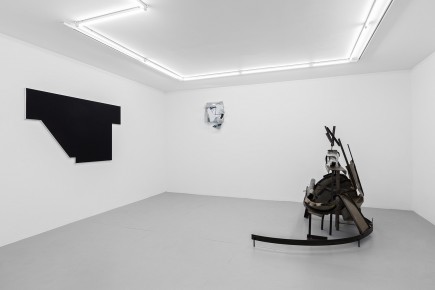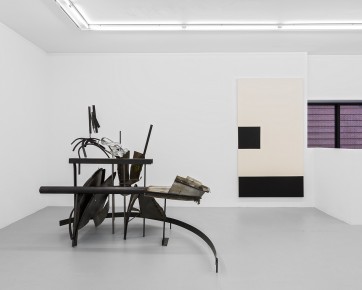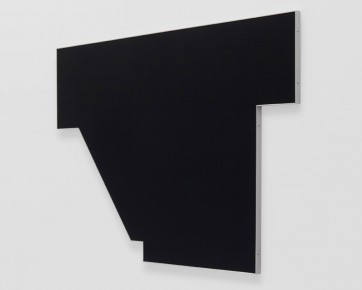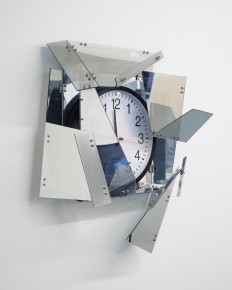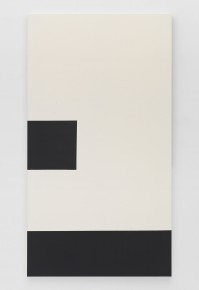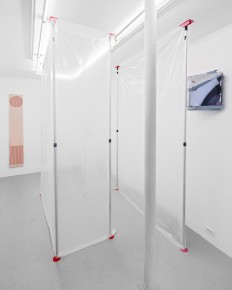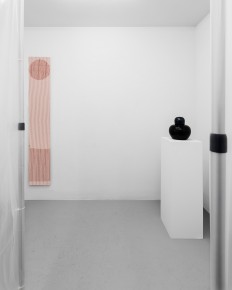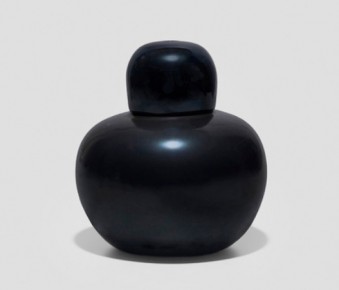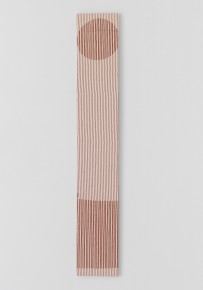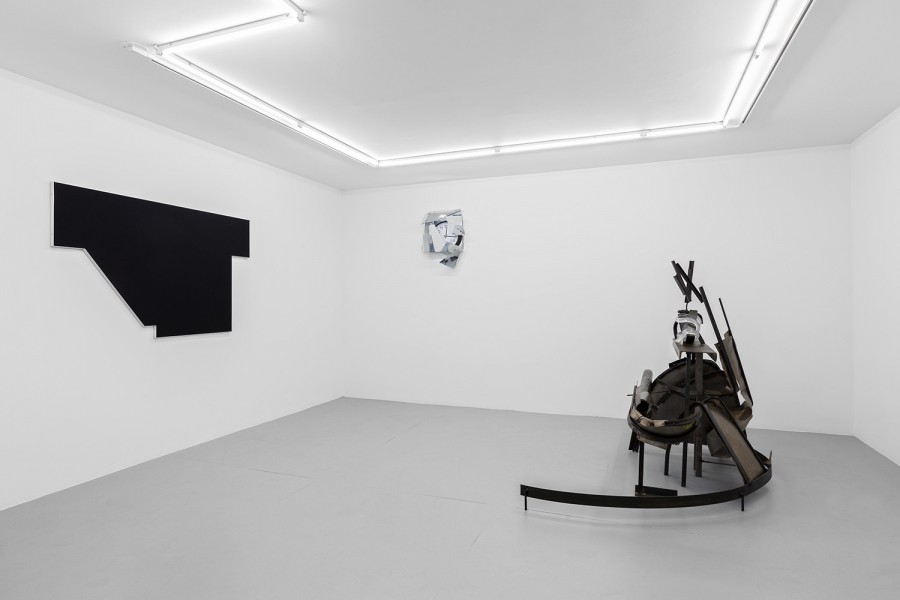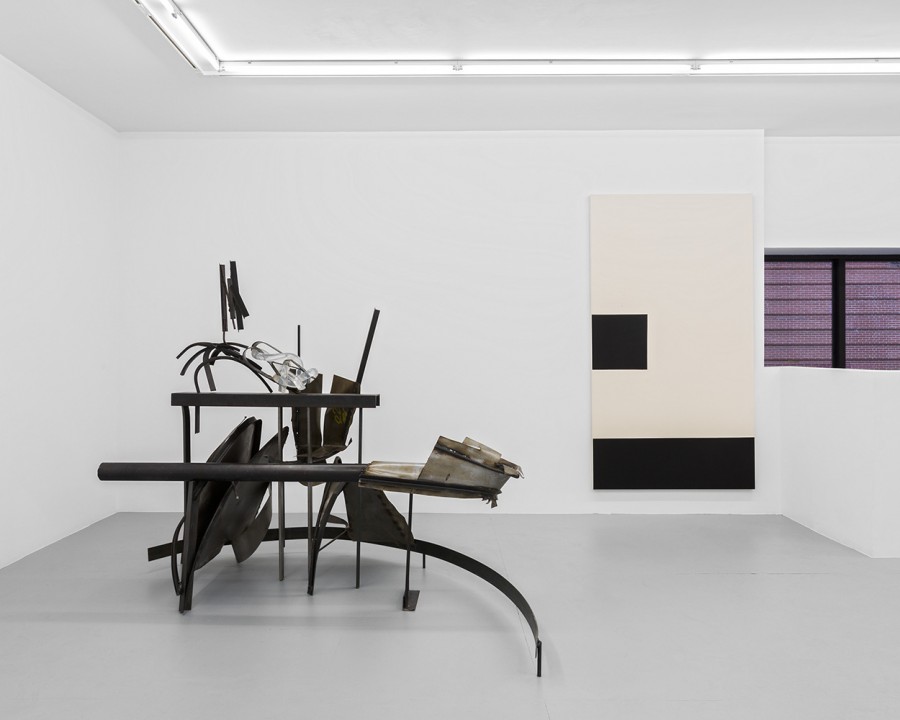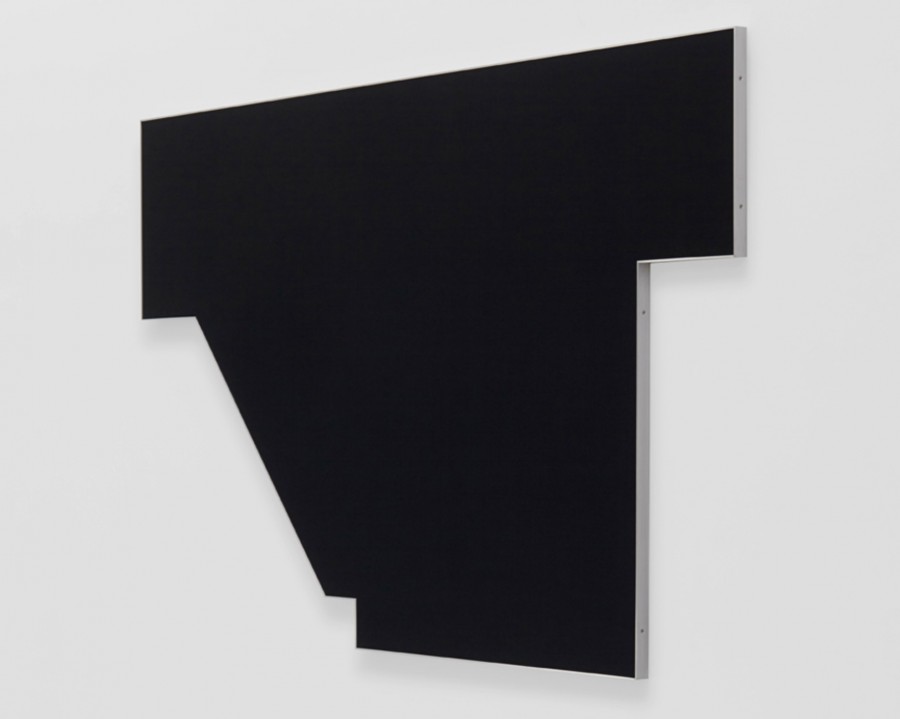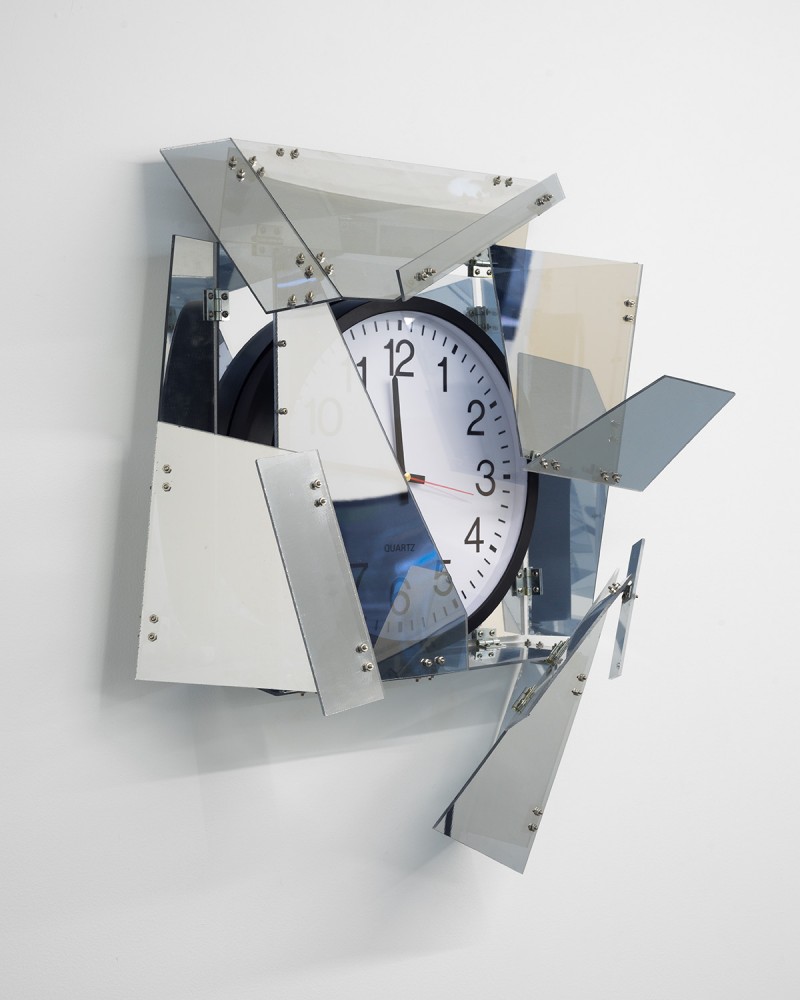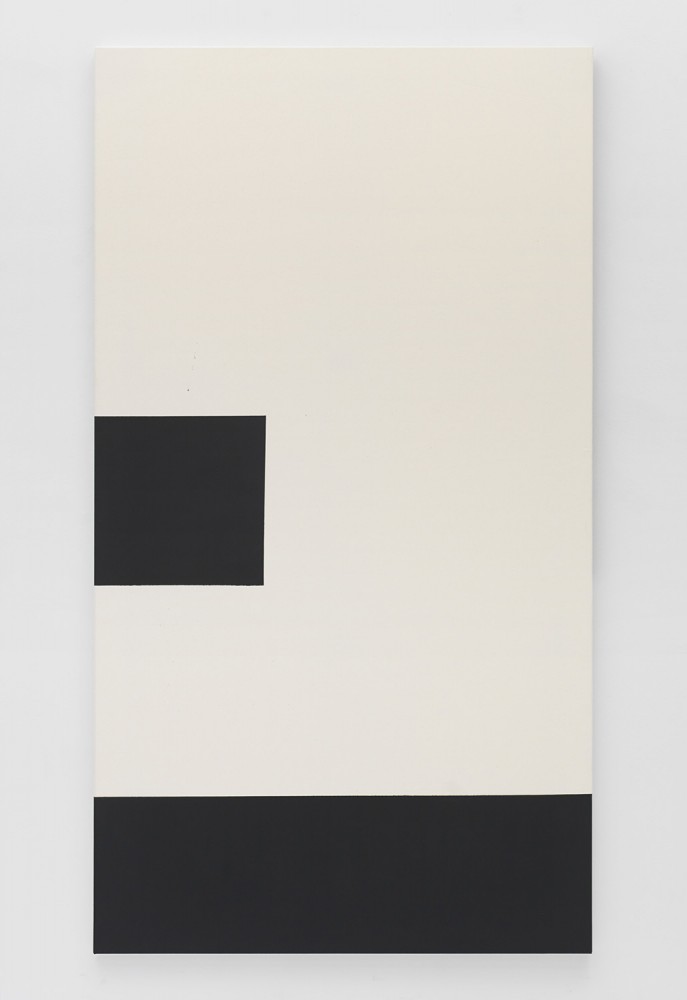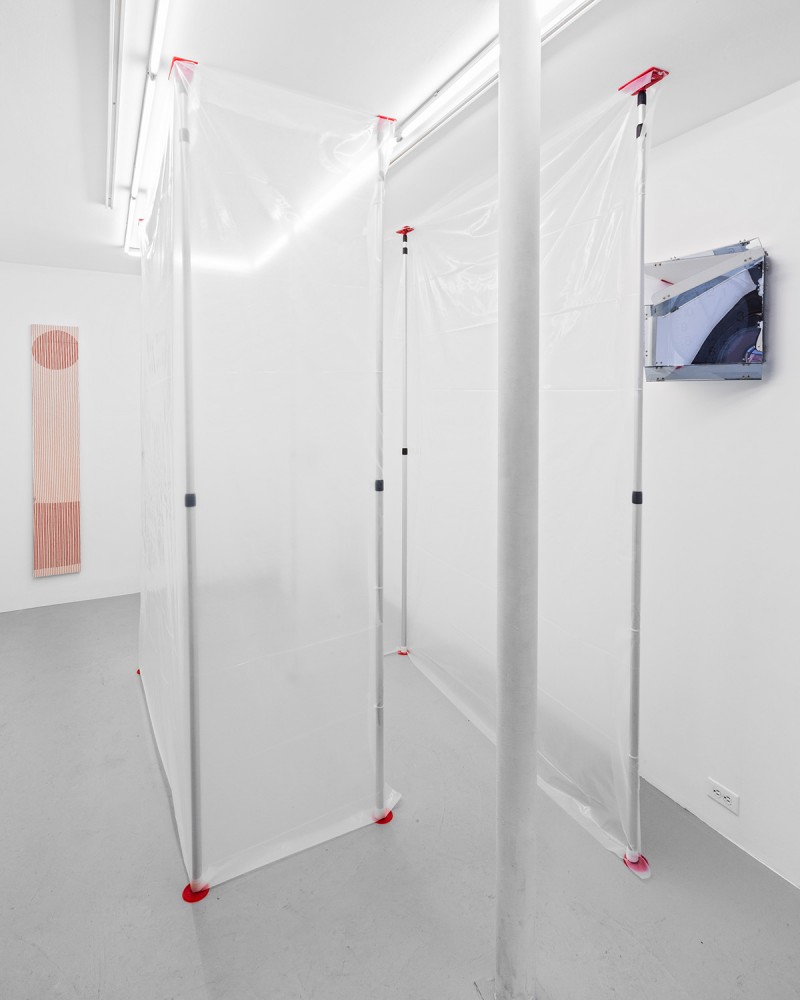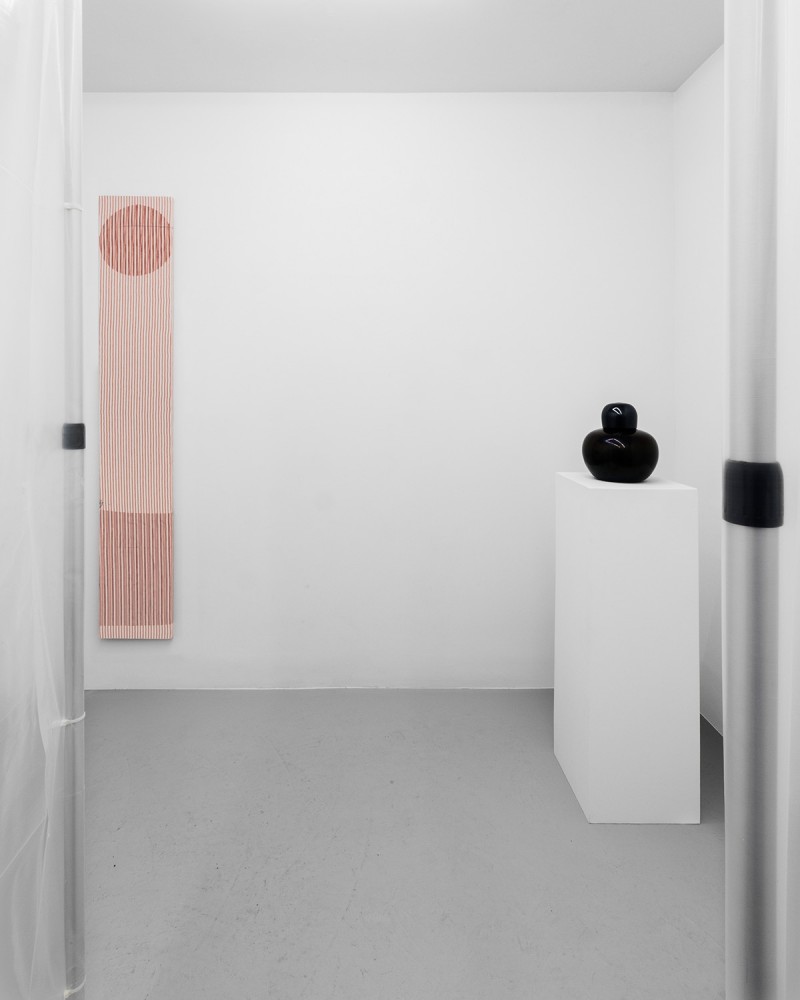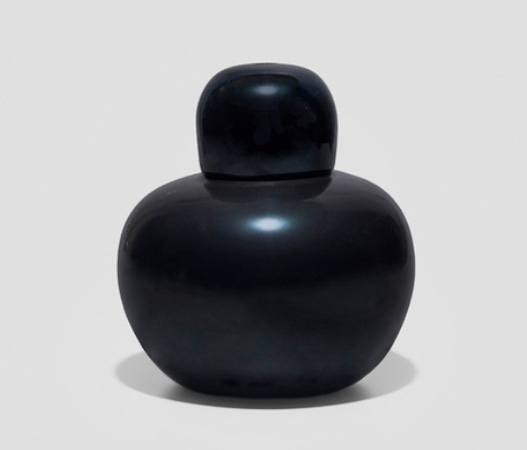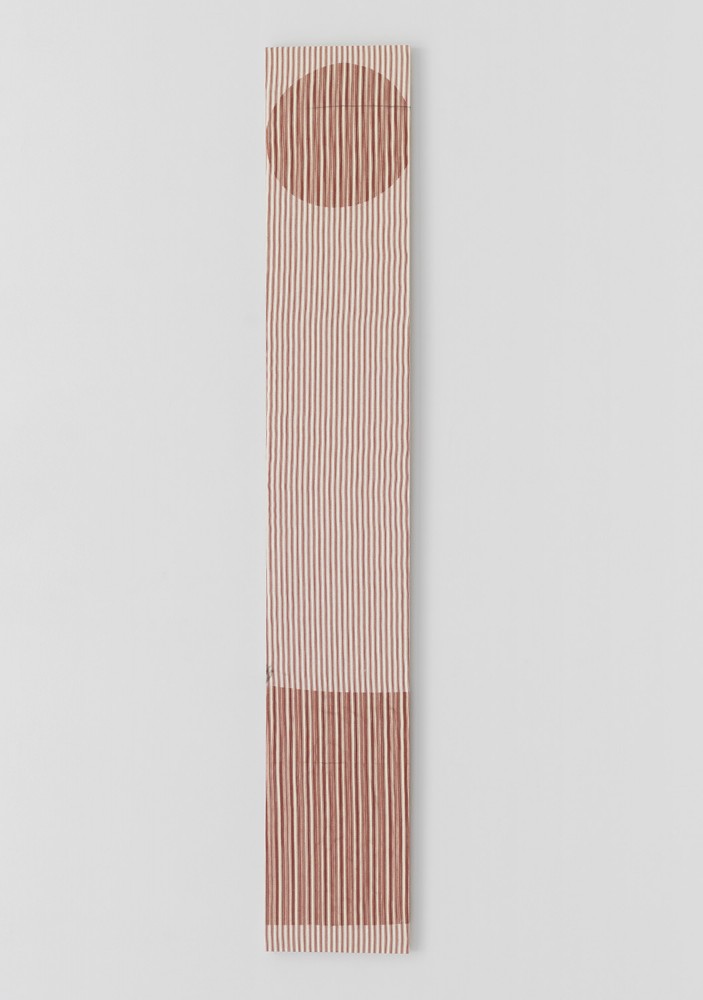To visit the Brion Tomb is to simultaneously step into the future and the past. Such contradictions abound in the plan, which celebrates life and death, infinity and confinement.Carlo Scarpa’s commission to design the Brion family tomb in San Vito d’Altivole near Treviso, Italy consumed the last decade of his career 1968-1978. With this site of four acres he created a memorial, a monument, a tomb, and a total work of art. Every aspect of its design from the imposing bunker-like cast concrete walls to the refined marble stoup he designed for the holy water is a paradox. His contrasting use of both precious and banal materials echoes his interest in capturing darkness while revealing light throughout the structure. The garden and the waterways fill the negative space between the structures and are delimited by a massive boundary wall that culminates in two entrances, a chapel, the burial site, a hortus conclusus of raised and sunken elevations, and various mechanisms that close and open portals. The complex of parts and passageways serves the living and dead, the hereafter and the heretofore.
The exhibition at ROOM EAST features a black opalescent vase designed by Scarpa for Venini, the venerable Venetian glass company. Surrounding the vase is a selection of works by a group of invited artists that capture the melancholic beauty of the architecture. Materials such as mirrors and metals, canvas and book cloth, welded points and bolts are present, all of which amount to abstractions of physical space. Glints of red and steely grays punctuate an otherwise dichromatic palette of black and white. The listlessness of dawn and dusk, bedfellows of transparency and opacity, expose and veil aspects of the exhibition. Moreover, the ticking of two clocks resonates among the works in a meditation upon the human experience of the built environment. In Scarpa’s site, an aesthetic of obsessive intricacy, where art deco meets the machine age, is a path to something new. Akin to the mystery of an ancient ziggurat, the form of which was predetermined long before our time, there is an elegiac quality to this group of works.
The exhibition will open on Sunday 11 January 2015 from 6-8pm
For downloadable exhibition material, click here.
